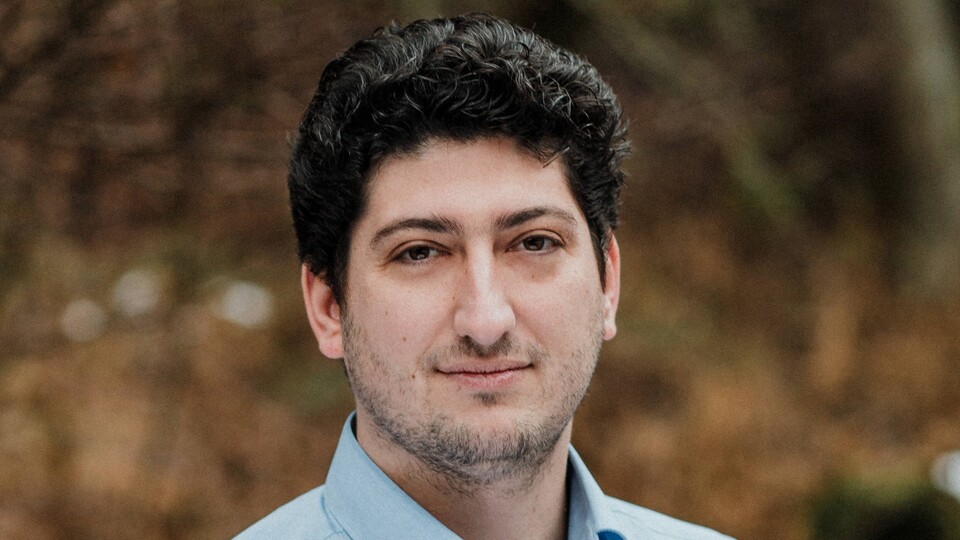Wladislaw Mill, Assistant Professor of Behavioral Economics: Computer Vision (December 2024)

What is your current research topic?
In a collaborative project with several current and former researchers of the University of Mannheim, I am investigating how experiences of war causally affect religiosity using a natural experiment: the Vietnam Draft Lottery. Specifically, I analyze religious imagery on gravestones as a long-term marker of religiosity, leveraging data science techniques such as computer vision to identify patterns in hundreds of thousands of gravestone photographs. This allows me to causally examine how being drafted into military service during the Vietnam War influences religious expression.
For those who have not yet delved deeply into the topic of Data Science: How would you explain to a child what you are working on?
I teach computers to look at pictures and find patterns, like spotting crosses on gravestones. This helps me understand how people’s lives might change after big events like going to war.
Everyone talks about Data Science – how would you describe the importance of the topic for yourself in three words?
Revealing complex associations
What points of contact with Data Science does your work have? Which methods do you already use, and which would be interesting for you in the future?
My work heavily relies on Data Science. I use convolutional neural networks, a type of machine learning, to identify religious symbols in gravestone photographs. Additionally, I employ natural language processing to analyze obituaries and other textual data to validate my results. More broadly, my research also relies on advanced econometric tools (like IVs) to identify causal relationships, which can be considered to be part of Data Science.
How high is the value of Data Science for your work? Would your research even be possible without Data Science?
Data Science is indispensable for my research. Without it, analyzing such a large dataset of gravestone photographs and extracting meaningful insights from them would be impossible. The use of machine learning automates the labor-intensive task of detecting religious symbols, while econometric tools allow me to rigorously analyze causal relationships. Without these tools, the scale and causal precision of our study would not be achievable.
What development opportunities do you see for the topic of Data Science in relation to your field?
Computer vision seems particularly promising. In economics, there are only a few very recent and prominent approaches using image data to explore new associations. I guess this will be more common and more relevant. However, audio data could also be interesting in the future.
